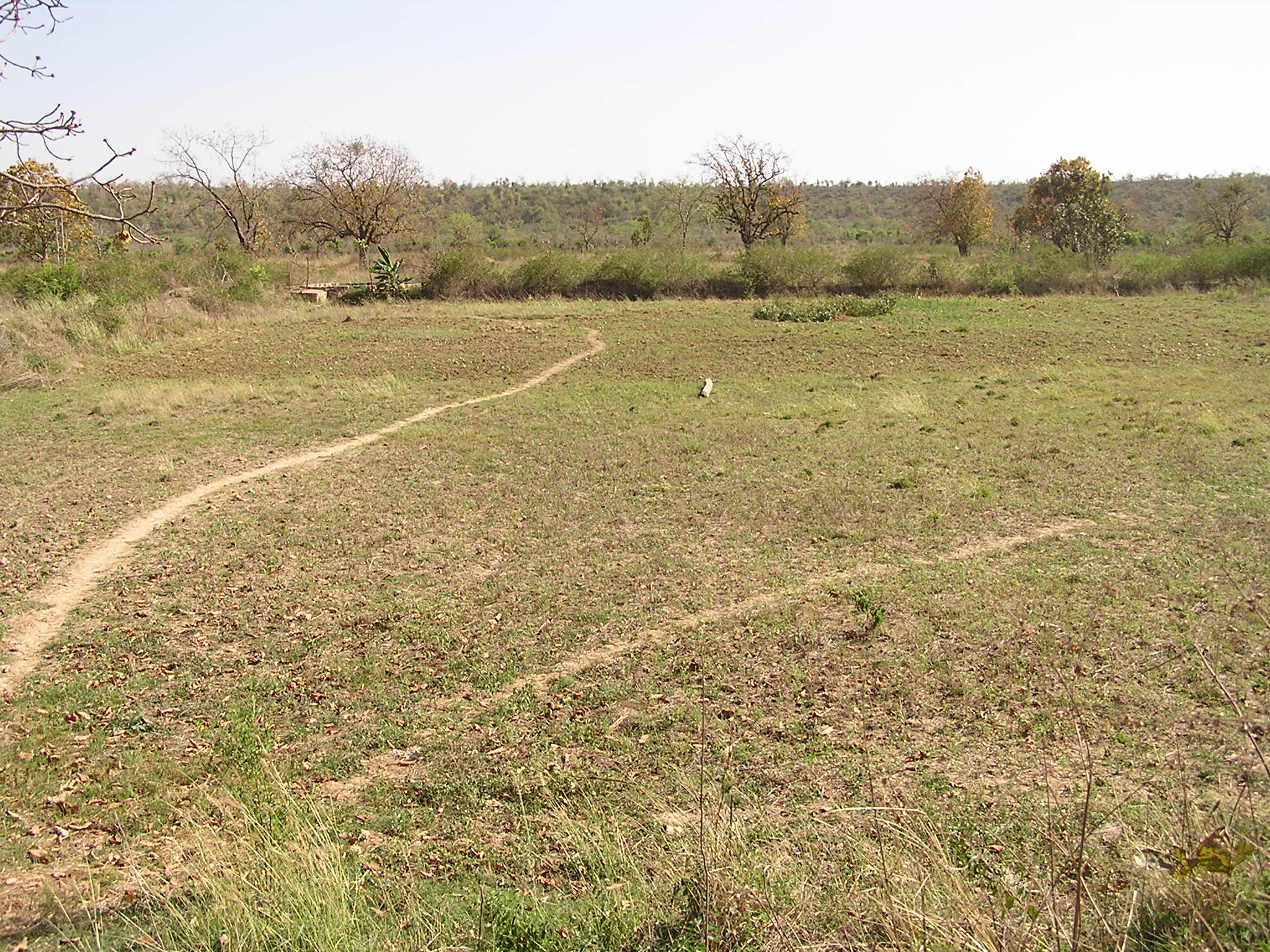Area and People
The Bundelkhand region of central India is a semi-arid plateau that encompasses seven districts each of southern Uttar Pradesh and northern Madhya Pradesh. It is located in the central belt south of the Yamuna river, between the fertile Genetic plains stretching across northern UP and the highlands of central MP.
Lowest levels of per capita income and human development in the country characterise the region and literacy levels are low especially among women and infant mortality is relatively high.

The area’s inhabitants rely primarily on subsistence rain fed single crop agriculture and small-scale livestock production for their livelihood, with wheat, grams and oil seeds being the predominant crops. Livestock compounds human pressure on the existing natural resources base. In addition, the growth of private land ownership and past environmental mismanagement of lands have led to the rapid decline of forest cover, reducing traditional sources of fuel, fodder and food. These factors, combined with limited rainfall and fresh water resources, have resulted in low agricultural productivity.
Many families are no longer able to meet their subsistence needs and are forced to migrate or seek loans from exploitative moneylenders. Apart from the burden of poverty, women in rural areas face additional problems such as domestic violence and no access to primary health care.
Mahoba District
Mahoba is a small district in Uttar Pradesh, with an area of 2,884 sq km. Is shares border with Hamirpur district in north, Jhansi district in west and Madhya Pradesh in south, with a very small part in east touching Banda district. It has a population of 8,76,055 according to Census 2011 and is the least populated district of Uttar Pradesh. Yet it is one of the poorest districts of not only Bundelkhand, but also of Uttar Pradesh.
Characteristics of Mahoba district are typically similar to that of Bundelkhand:
- Feudal structure
- Rampant caste based discrimination
- Secondary status of women
- Adverse geographical and climatic situations
- Lack of visionary leadership
- Lower literacy rates (30 per cent female literacy rate)
- Adverse sex ratio (723 girls to 1,000 boys between 0-6 age group)
- Mote than 80 per cent population dependent on agriculture which is the only source of livelihood
- Fragmented landholding
- Rain-fed agriculture leading to low agricultural productivity
- Drought prone area
- Heavy distress out-migration to Delhi, Mumbai, Pune, Surat
- Food security a major issue
- Dacoits a major obstacle in maintaining law and order situation
- Poor availability of basic public services like education, health, public distribution system, transportation, etc.,
- Unfavourable teacher student ratio (1:100)
- Immunisation up to 50 per cent only as per government records
- Strong nexus of politicians, police and dacoits
- Major population of SC/OBC
- Defunct water harvesting structures like Chandel Tanks due to encroachment
